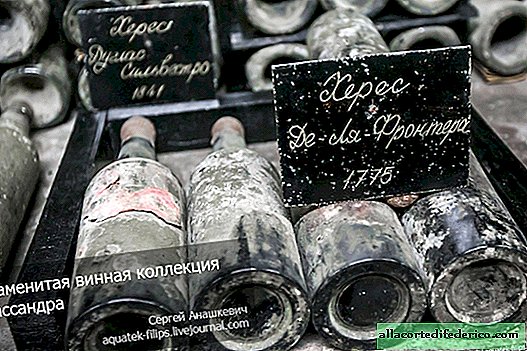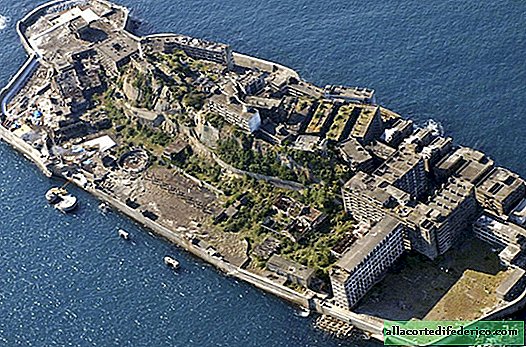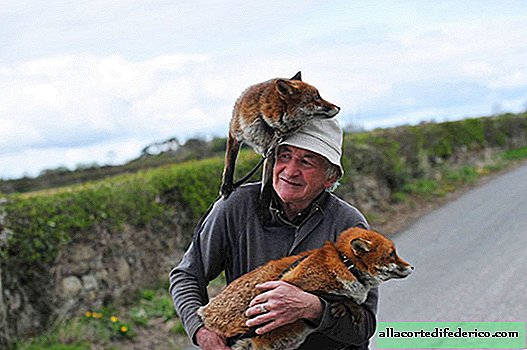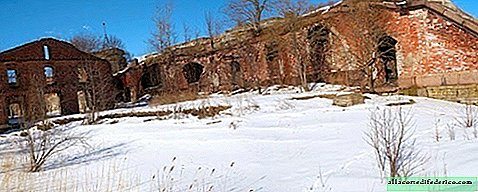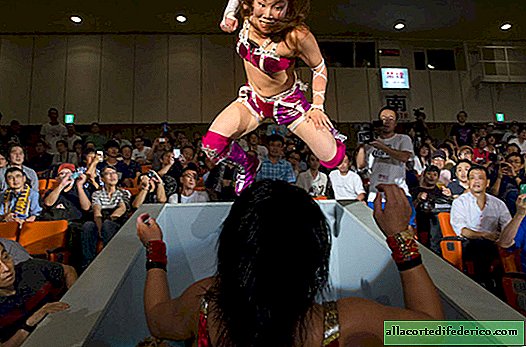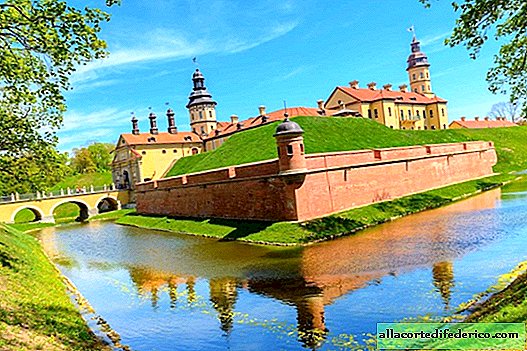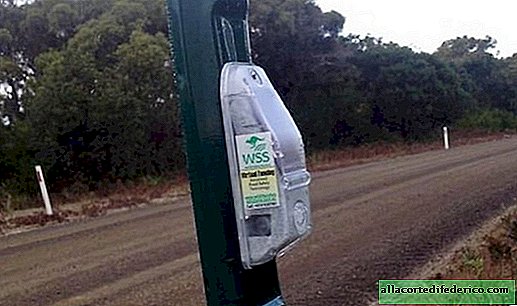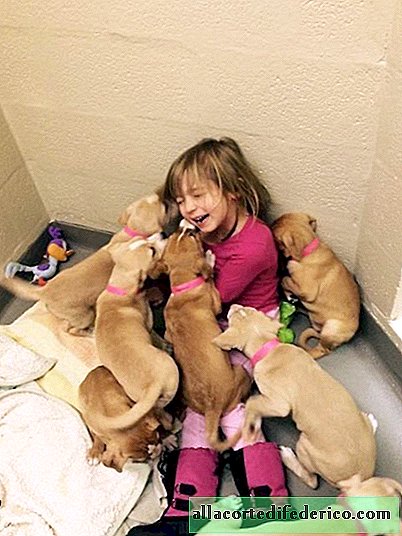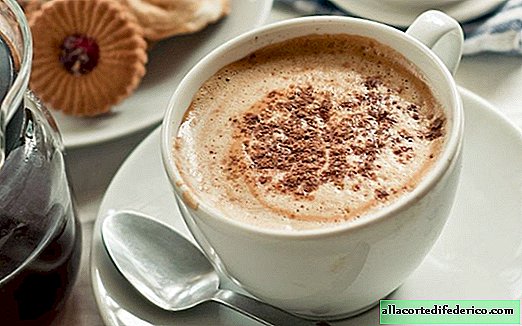How Pepsi got the Soviet submarine fleet, briefly becoming a powerful military power
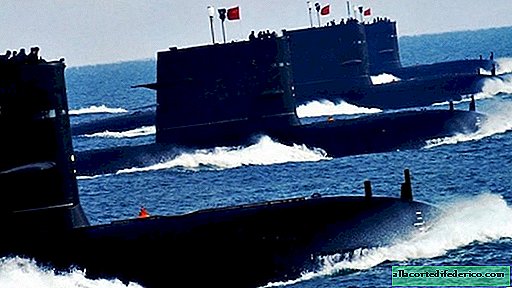
Where, you ask, could such expensive pieces of iron come from in private hands? It was in the late eighties, so the answer is obvious: of course from the USSR.
I remember when I was little, in the then Soviet Russia, there were red and blue Pepsi-Cola stalls everywhere. Everyone considered foreign soda better than domestic lemonades and duchesses, but then I didn’t like any drinks. I was still young, and the bubbles created an unpleasant feeling in my mouth. Then I did not know what an interesting story is behind the appearance of American Coke in Soviet cities. However, perhaps, then it would not have seemed to me that this is interesting.
The main character of this story is Donald Kendall. He was born in 1921 in the state of Washington (now he is 97 years old!) Donald served in the navy during World War II, and then got a job in Pepsi-Cola, where he quickly rose to the rank of vice president. He was responsible for international sales of the company.
In 1959, the American National Exhibition was held in Moscow. American companies showed Soviet citizens the achievements of the US industrial industry. At the initiative of Kendall, Pepsi-Cola became one of the participating companies. On the eve of the opening of the exhibition, he met with Richard Nixon, who was then vice president of the United States. Kendall knew that on the opening day, Nixon would inspect the exhibition with Khrushchev, and he had one small request. The fact is, the businessman explained to the vice president that the top of Pepsi-Cola was against the company's participation in the exhibition. But Kendall did not listen to them and put his career at stake, hoping for success. The success criterion was very specific for him - he needed a photo of Khrushchev drinking Pepsi. Kendall asked Nixon for help in this matter.

Nixon went to meet. During the exhibition, the famous "Kitchen Debate" took place, and then, as if by accident, the Vice President led the First Secretary to the Pepsi-Cola pavilion.
But will Nikita Sergeevich want to try a foreign drink? Then Kendall set off on a trick. He ordered some water to be brought from the United States, and some of the drink was made by mixing Pepsi-Cola syrup with American water. For the rest, we used local water. Instead of asking Khrushchev if he would like to try Pepsi, Kendall asked if he preferred the version with domestic or imported water. Of course, Khrushchev chose the "native" drink, which Kendall was counting on.
Dad repeatedly told me how he went to that exhibition and tried Pepsi-Cola there. He didn’t really like her either.
As a result of a meeting with the Soviet leadership, Nixon’s political popularity increased dramatically, and a year later he took part in the presidential election. True, he lost them to the young and charismatic Kennedy. Confident that his political career was over, he went into the private sector and got a job ... in Pepsi!
Donald Kendall soon became the head of the company. He actively worked to expand the sales of the drink worldwide, including in the USSR. And by the beginning of the 1970s, he was able to conclude an agreement with the Soviet leadership. Pepsi-Cola was the first Western product that any Soviet citizen could freely buy. The drink was produced at factories specially built in the USSR and sold under license.

The Soviet leadership did not want to pay for soda with precious currency, and rubles were useless on the world market. Therefore, in return for Pepsi-Cola, the American company received vodka! She was given the exclusive right to sell Stolichnaya in the USA. In those years, it was the only Russian vodka that could be bought in the West - this fact was emphasized in print advertising:

It is curious that Pepsi’s profit did not depend on the success of soda sales in the Soviet Union, since all the proceeds from the transaction fell solely on alcohol sales in the United States.
Nevertheless, the drink gained wide popularity in the USSR, several factories were opened. Pepsi-Cola kiosks across the country provided the state with multimillion-dollar revenues. There were even vending machines selling this expensive soda - one glass cost 20 cents!

In the late 1980s, it was time to renew the contract. The Soviet government wanted to build additional Pepsi factories on its territory, since the trade in drink brought good profit. But he still had no currency, and here, due to the Afghan conflict, Soviet products fell under sanctions, and the trade in vodka suddenly became much less profitable for Pepsi.
Therefore, the USSR offered the American company amazing conditions: seventeen submarines, a frigate, a cruiser and a torpedo bomber were transferred to the ownership of PepsiCo!

Of course, the company did not need such military power - all this equipment was provided as scrap metal and was quickly resold to the Swedes who disposed of it.
However, for a few days, the Pepsi-Cola manufacturing company became the sixth most powerful military power (well, maybe the seventh!)
In 1991, the Soviet market opened and people, tired of decades of Pepsi exclusive, quickly switched to their main competitor, Coca-Cola.
And in 2004, Donald Kendall was awarded the Order of Friendship for the development of Russian-American relations.

Personally, I used to know about how the USSR exchanged vodka for Pepsi, but only recently learned about submarines. Now I’m thinking ... Maybe if I knew at what price the Soviet government was buying this soda-popping soda, I would have made an effort on myself and drank more. Have you heard about this exchange before?


